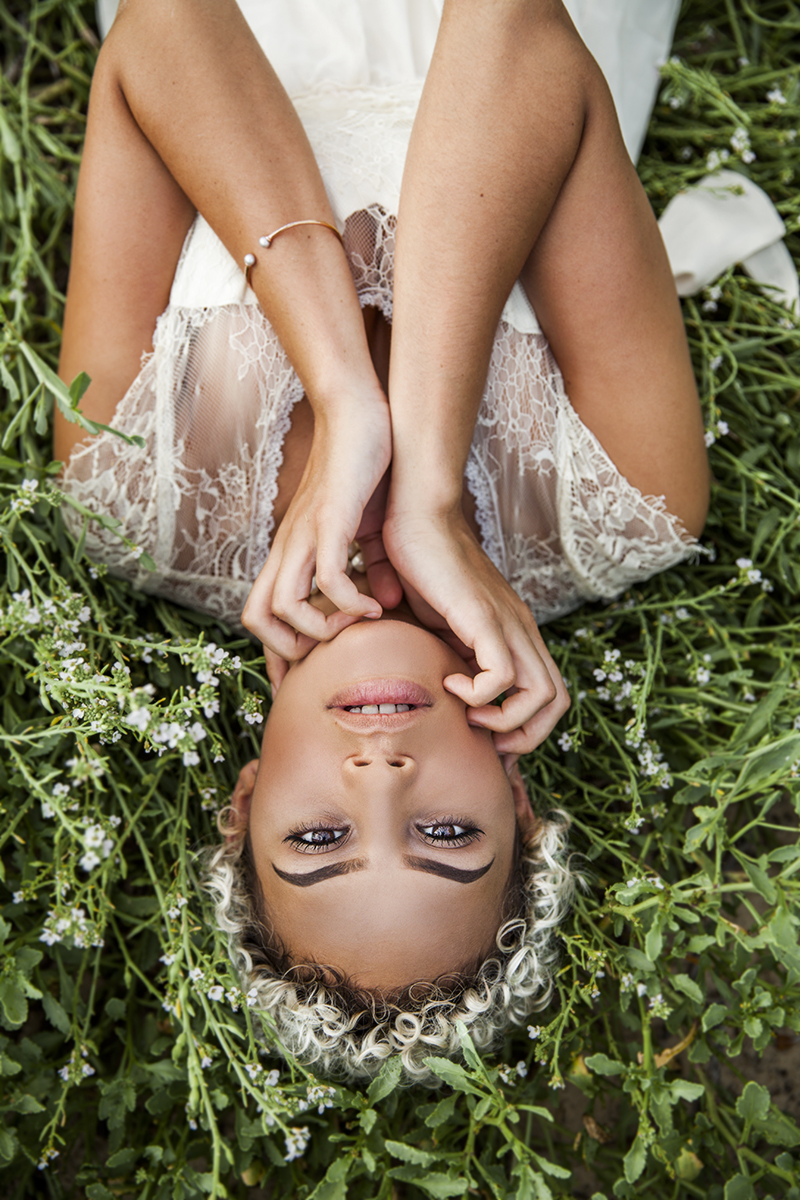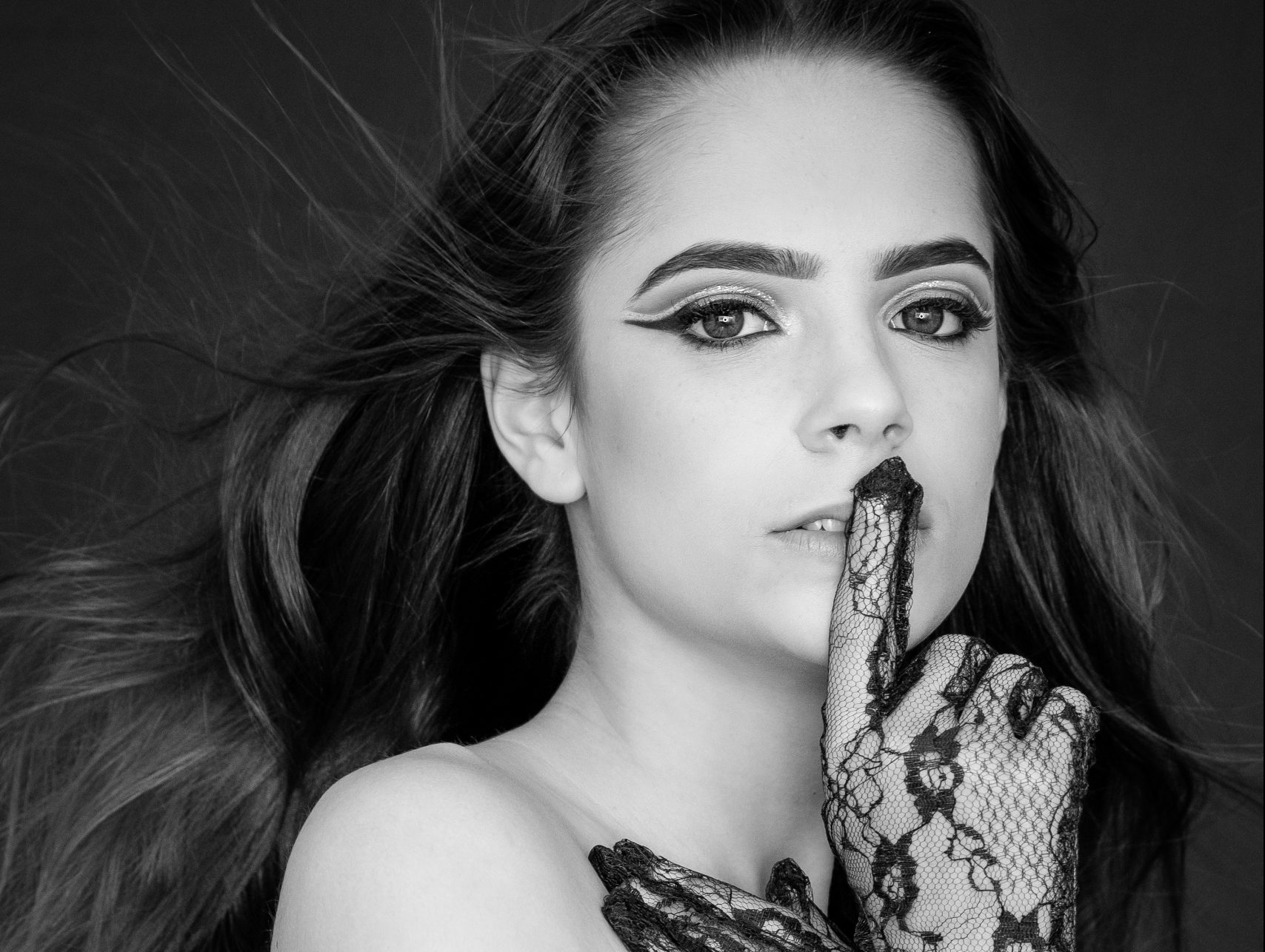The Newbie's Guide to Product Photography
If a photo deserves a thousand words, a sensational product photo deserves a thousand internet site visits. Although I don't have data to back up that declaration (yet), product photography can be very useful to your ecommerce internet site technique.
To reach your target audience members who prefer acquiring online, you additionally require to provide your audience clear, captivating pictures of your products.
But product photography isn't as basic as directing and also shooting. Also one of the most fundamental products need the correct devices, illumination, and also space to generate stunning photos that market customers right from the purchase web page.
6 Product Photography Tips ( as well as Instances) for Taking Pictures That Market
Here are the tips, instances, and supplies you'll need to successfully photo and market your items in a way that makes your site visitors and prospects want to convert.
1. Don't hesitate to use your smartphone's camera.
This is the component where I'm intended to convince you to purchase a premium, 50-megapixel (MP) video camera with a 100-millimeter screw-on lens. Yet I'm not going to do that.
If you already have a cam that fits this description, benefit from it. But for many types of items, it's entirely acceptable to fire product photos on a smartphone.
Newer smart devices flaunt effective cam lenses and settings that enable you to optimize your shots for the various types of light and also environments campaign photographer gold coast you might shoot in.
If you need much more convincing, just take a look at Apple's Shot On An iPhone project and also the photos that have arised from it over the years such as this one:
2. Shoot from a tripod for photo uniformity.
Prior to discussing tripods, I'm obligated to begin with a cardinal regulation: Don't prop your phone against something strong to intend your lens toward the topic.
It's just as well simple for this makeshift setup to move around throughout the shoot and trigger inconsistencies in your images' appearance. If you rest your video camera on, claim, a stack of books, just make certain this plan doesn't transform throughout the shoot.
There's no damage in holding your video camera on your own when shooting simply a few product photos for your ecommerce internet site. But as your company expands, and also you take much more photos of more items, it can be difficult to systematize the product's alignment in each photo when firing handheld.
To make certain consistency across your products, you'll require a tripod. And also fortunately, buying one isn't always the large, industrial-sized investment it made use of to be.
Right here are 2 kinds of tripods Check over here to think about.
Traditional vs. Adaptable

A versatile tripod can be adjusted in a variety of methods. You can flex its legs and position it on various surfaces to get the angle you require.
Mobile Hold
There's usually a screw on the top of your tripod which connects to your cam to hold it in position. The bottom of most professional-grade video cameras has a screw opening just for this purpose, yet smart devices can utilize the complying with adapter:
The adapter grasps the sides of your smart device and also can screw into either sort of tripod, enabling you to operate the electronic camera regulates with the phone display encountering outward and also toward you.
Once you figure out which place you'll require, establish it up before your product, and also consider placing three pieces of tape on the ground to mark where you 'd like to keep each leg of your tripod throughout the shoot.
3. Select all-natural light or artificial light.
Never ever take too lightly just how certain types of light can improve (or impede) your product photography. Bear in mind, customers obtain the very best look at an thing face to face, where they can see every little thing they require to prior to getting. The appropriate lights setup assists you disclose those important decision-making product attributes when all web site visitors need to go on is a photo.
A single illumination configuration might not work for every product-- a lighting setup that helps some products might damage the appearance of others.
There are 2 sorts of light you can choose as your primary light source: natural and artificial light.
All-natural Light
All-natural light refers to sunlight-- easy as that. It's likewise called "soft light" due to the fact that the sun casts a larger, softer series of light than, claim, a lamp radiating directly on the product. Ecommerce product shots grow in natural light if:
The product is shot outside or meant to be utilized outside.
The product is utilized by, endured, or shot with a individual ( individuals often tend to look far better in all-natural light).You're attempting to highlight the product's surroundings, instead of details features of the product.
Right here's an instance of a shot utilizing all-natural light:
Man-made Light
Synthetic light includes candles, fire, and also more generally, light bulbs. It's also referred to as "hard light" due to the fact that it creates a smaller however extra concentrated light surface area. This sort of light satisfies items with physical information that need to be highlighted to impress an on-line customer.
As a basic regulation, stick to simply one type of light per photo-- all-natural or artificial. Adding all-natural light to an synthetically lit photo can soften a product that's implied to festinate, as well as including artificial light to a naturally lit photo can hone a product that's implied to look soft. You do not wish to enter your own means.
4. Fill or bounce your light to soften darkness.
Whether you make use of natural light or artificial light, you'll need to decrease the shadows that any kind of possible difficult light casts on the opposite end of a product.
There are three means to do this:
Fill up Light
Consist of one more, less-intense source of light to supplement your primary light. This extra light is called your fill light as well as is made use of as a counterbalance to soften the all-natural shadow your major light produces behind an item.
To do this, position your fill light opposite your primary light so your product sits between both light sources.
Flashbulb Bounce Card
A bounce card, or reflector card, is a tiny card that " mirrors" or "bounces" the major light back onto the surface below your product to minimize darkness.
Some bounce cards connect to the flashbulb of a expert video camera lens to diffuse the light from the camera's flash. This card sprays a softer light onto the topic from over your set-- rather than directly at it-- so you do not have long shadows trail behind the things you're firing.
Standalone Bounce Card
If you're firing from a smartphone, a flashbulb bounce card isn't an choice, because you do not have a physical flash you can affix it to. Instead, make your own standalone bounce card positioned contrary your major light source.
For beginners to product photography, this bounce card can successfully replace your fill light, which counters the tough light from the camera flash or lamp that's encountering toward the front of your product.

5. Use a sweep or portrait setting to emphasize the product.
There isn't one appropriate method to position your product, lights, and also bounce cards-- they can change drastically relying on your history. Yet do not pick a history based on what's easiest to create. Histories should look like how you desire your customers to view your product when viewing it online.
Take into consideration initially whether you 'd such as a white history or a much more dynamic, real-world history. There's an very easy means to achieve each one.
White History: Move
For white backgrounds, it's not as straightforward as setting up a table versus white drywall. Even smartphone cams can pick up little blemishes on a white wall surface that you wouldn't notice with the nude eye. To record a ideal white history without corners or blemishes, use a move.
A sweep is a big bendable sheet of paper, whose bottom function as the surface beneath your product and after that contours up right into a white wall behind the product.
On camera, the move's contour is unseen, emphasizing crucial product details and permitting the thing to possess all of a site site visitor's focus.
Real-World Background: Portrait Setting
Dynamic, real-world histories are extremely attractive when shooting products that have a certain use or are being modeled by a person-- as you saw aware of the brief-case earlier in this guide.
However, it's easy for a real-world history to swipe the focus of the photo, making it uncertain which product in the photo you're actually offering.
Give your product deepness and also focus with picture setting, a image setting on many specialist electronic cameras, and additionally offered on numerous brand-new mobile phones. This setup blurs the background so the context of the product is clear but not competing against the product itself.
Below is a super awesome photo of a HubSpot pen absorbed portrait setting on a Google Pixel 2 (I took this picture myself). You can tell the pen rests on a workdesk with a computer behind it, yet the pen is still the prime focus for audiences:

6. Shoot a selection of images.
My last ecommerce photography tip to you is to not quit at one photo per product. Equally as your clients look, hold, use, and even try out merchandise in a shop, your web site ought to fire a variety of photos to simulate this extremely experience.
If you're firing clothes, for example, catch the garment of clothing alone-- that is, spread out on a white surface-- in addition to on a mannequin whose color contrasts the color of the product.
After that, for additional photos, have the garments modeled on a individual, permitting you to take photos of the product from the person's different positions and also angles.
Product Photography Set-Up
Next, let's summarize what we simply got-- below's a checklist of quick product photography set up ideas that you can refer to and also share on your group:
• Decide on a camera-- whether that suggests utilizing your smart device.
• Obtain a tripod that works for your electronic camera of option.• Select natural or fabricated lights-- think about which choice is best for your product and atmosphere.
• Determine whether you'll fill or bounce light.• Select move or portrait setting.
• Take numerous different images to use your viewers range.
Begin With Your Product Photography
Don't feel obligated to buy every suggestion as well as tool simultaneously. Apply these product photography pointers gradually to see what makes your shop look one of the most nice, as well as transform your technique as your photography chops improve.